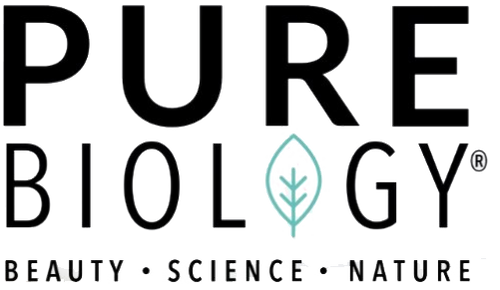You might have recently incorporated a new product into your skincare routine and immediately panicked when your face started to break out once you started using it.
You might think a product made your skin worse, but did you know that these effects are because your skin is going through a "skincare adjustment period"? Seeing the opposite results of what you hoped for at first is extremely common and most of the time it means that your product is working!
Curious? Read on to know more...
- WHAT IS SKIN ADJUSTMENT PERIOD
- WHAT IS SKIN PURGING
- HOW LONG IS THE SKIN ADJUSTMENT PERIOD
- WHAT TO DO WHEN SKIN IS NOT GETTING BETTER
What is the skin care adjustment period?

When you’re trying a new skincare routine, your skin goes into an “adjustment phase”. Meaning, your skin is learning and adapting to your new skin products. Most times, breakouts and redness happen and often confused as an allergic reaction.
Products with highly concentrated active ingredients can sometimes cause adverse reactions such as redness and peeling. While this may seem like a turn-off at first, you must remember that it's temporary and will vanish after a few days.
When this happens, your skin is adjusting to your new products, and you're going through a bit of a "purging" phase as a result. The good news there is that it means you're on the right track!
Read on to know what skin purging is and how long it will take your skin to adjust to your new skincare routine...
What is Skin purging?

Skin purging describes the process in which you develop an acne breakout after using a new product. It's not the same as regular breakouts; rather, it signifies that your skin is detoxing or trying to rid itself of impurities. The "purge" occurs when your body releases toxins through your skin. These purging breakouts are typically small, but they can be irritating when you're in the midst of a cystic breakout.
Purging is very similar to allergy because both result in redness and irritation on the acne-prone areas. Therefore, you cannot determine whether it's an allergic reaction or skin purging just by looking at it. You should look for other symptoms that clue you into the difference between the two:
- Skin purging usually occurs on congested areas, whereas allergies occur on dryer areas of your face
- A purge will subside naturally after five to seven days; an allergy will not subside without medication.
Skin purging has been associated with a variety of different skincare ingredients and products including benzoyl peroxide, glycolic acid and salicylic acid. These ingredients are known to cause inflammation of the skin, which is thought to bring acne to the surface.
How long is the skin adjustment period?
The skin adjustment period varies per person, but it typically takes about 2-8 weeks to get through this stage. If you are already purging, you can speed up the adjustment process by using mild cleansers twice daily and applying an oil-free moisturizer afterward. One thing you should not do during a purge is exfoliate your skin, because it will might aggravate the situation.
What should you do if your skin is still not getting better after the purging period?
If your skin does not improve or worsen, that's an indication that you may be dealing with a (severe) allergic reaction rather than a purge. In this case, stop using the product immediately and use antihistamines to minimize redness and swelling.
You can also apply hydrocortisone cream to reduce the swelling and redness. If you want to continue using a product, consider trying a different version of it instead. For example, if you're allergic to a gel formula of acne treatment, try the one in foam or lotion form instead.
What should you do if you're unsure whether you're having a purge or an allergy?
If you're unsure, go with the most conservative approach and stop using the product. Let your skin rest for a while until it feels better before trying again. If things get too much to handle, do not hesitate to take a step back and use simpler products
Just remember when trying a new product, you should never expect any big changes right off the bat, because skin takes time to adjust. If something feels like it isn't working, continue using the product for another three or four weeks before you make a judgment call. Your skin should gradually get better, not worse. It's not worth risking irritation when there are so many other acne treatments available on the market to try out!
